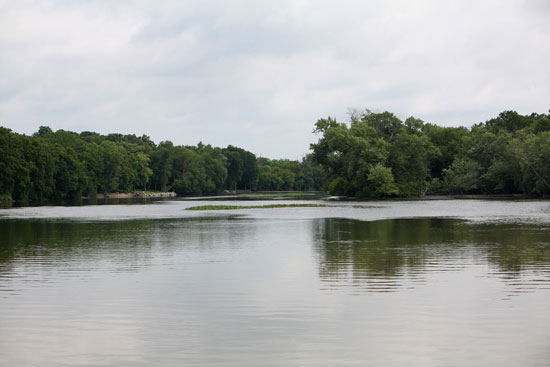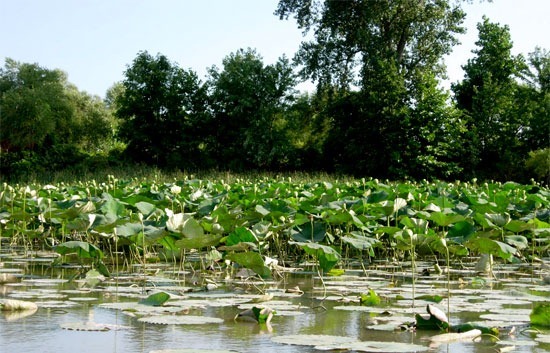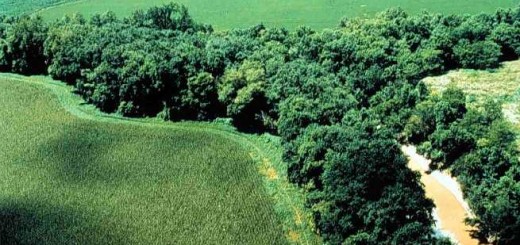Wisconsin’s Lake Kegonsa Gets Most Nutrients From Upstream Yahara Lakes
0Wisconsin’s chain of Yahara lakes is beset by algae. It drains from the most-northern lake, Mendota (near Madison) to Lake Kegonsa to the southeast. In between are Lakes Monona, Wingra and Waubesa.
Recent efforts to clean up the lakes have had promising results, including a plan to cut the amount of phosphorus entering them by half. The Madison Metropolitan Sewerage District is also attempting to pay farmers if they cut their pollution contributions to the Yahara Watershed.
But Kegonsa is particularly troubled, and lake managers have come to expect less from the water body.

Lake Kegonsa, as seen from Lake Kegonsa State Park. (Credit: Wikimedia Commons User McGhiever via Creative Commons)
“Kegonsa is a sad story, and I wish I could think of something more positive to say about it,” said Steve Carpenter, director of the Center for Limnology at the University of Wisconsin-Madison. “It has been the end of the line for phosphorus runoff for a long time. Phosphorus levels are very high.”
Carpenter and Richard Lathrop, a retired researcher from the Wisconsin Department of Natural Resources, recently looked at the whole watershed in an effort to determine where restoration work would yield the most benefits. They found remediating Lake Mendota would provide the greatest bang for the buck.

The Yahara River Watershed. (Credit: U.S. Geological Survey via Creative Commons)
Kegonsa, they found, would only exhibit small responses to management efforts because it receives phosphorus from all the other lakes. Though a large amount of the nutrient comes from agriculture, three-quarters of the phosphorus in Lake Kegonsa comes from upstream.
The researchers found that Kegonsa has more phosphorus than the algae growing in it can use. To a point, “you could cut it (phosphorus concentrations) and nothing would happen,” said Lathrop.













